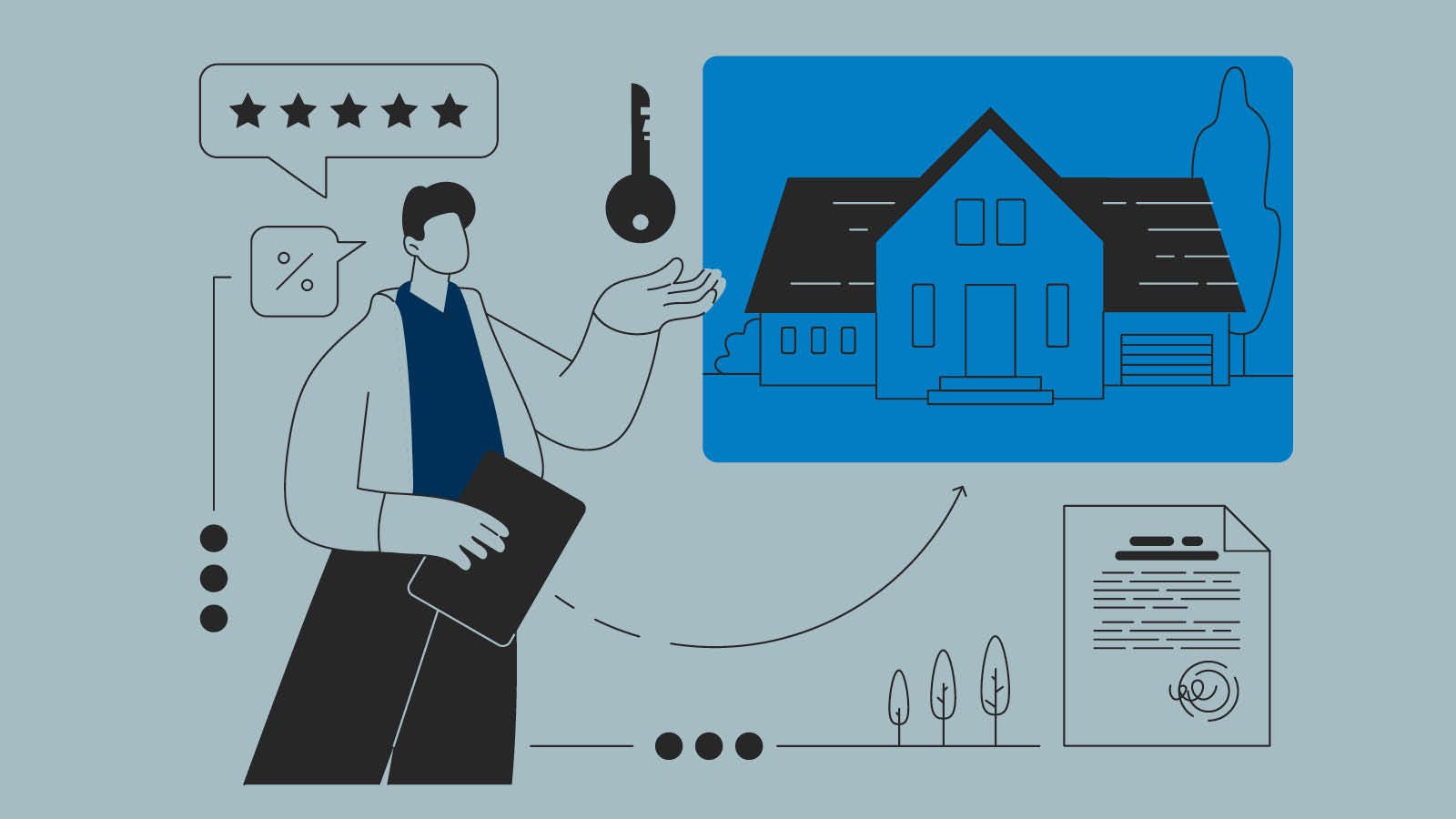The mortgage application process can seem confusing, intimidating and downright overwhelming. Luckily, the Consumer Finance Protection Bureau (CFPB) regularly monitors and updates its rules and regulations to help ensure homeownership is more accessible for everyone. If you’re embarking on the path to homeownership this year, you’ll want to take note of these two important 2021 mortgage changes that could impact your future home loan.
The Debt-to-Income Limit Was Eliminated for Qualified Mortgages
The CFPB’s first change updated standards for receiving a qualified mortgage (QM), “a category of loans that have certain, more stable features that help make it more likely that you’ll be able to afford your loan” (CFPB, 2017). Previously, approval for qualified mortgages was determined in part by the borrower’s debt-to-income ratio (DTI), or the percentage of gross monthly income (before taxes) that goes towards payments for housing, credit cards, car loans, student loans and other debt. If this figure was higher than 43%, the loan application was often denied.
In 2020, however, mortgage analysts reviewed loan performance data from the Great Recession and beyond and found that DTI and default were not closely related after all (The Motley Fool, 2020). Experts determined that DTI can play a part in the larger QM underwriting process but shouldn’t dictate denial at any one threshold.
The Center for Responsible Lending and other organizations communicated these findings to the CFPB and advocated for the elimination of the DTI limit. The CFPB agreed and, in late 2020, the DTI limit was removed accordingly (CFPB, 2020). Now, lenders can approve certain borrowers for a QM loan, even if their DTI is above 43%.
This change could potentially help you secure a qualified mortgage if you have a DTI above 43%. Benefits of a QM loan include no excess upfront points and fees and prohibited risky loan features, including an “interest-only” period, negative amortization, balloon payments and terms longer than 30 years (CFPB, 2017).
Seasoned Qualified Mortgages Were Introduced
The CFPB’s second change established a new mortgage loan category called Seasoned Qualified Mortgages (Seasoned QMs) (CFPB, 2020). Introduced in late 2020, this new rule applies to non-qualified mortgages that the originating lender has held in its portfolio for at least 36 months (the “seasoning” period). Now, even if the loan didn’t meet the requirements for QM status at the time of origination, it can potentially become a qualified mortgage.
Eligible loans can be any size and come from any lender but, at the end of their seasoning period, they must meet certain QM requirements (CFPB, 2020). For example, the loan must have a fixed rate and the loan term cannot exceed 30 years.
This change could benefit both homeowners and homeseekers. According to CFPB director Kathleen L. Kraninger, the Seasoned QM rule is aimed at “allowing lenders the flexibility to respond to changes in the economy while still ensuring a consumer has the ability to repay” (CFPB, 2020). Whether you’re a current owner mid-seasoning period or a first time buyer, Seasoned QMs offer yet another option for affordable, sustainable homeownership.
2021 Mortgage Changes
Applying for a mortgage loan can be daunting. Luckily, the CFPB regularly monitors and updates its many rules and regulations. With these two new norms established, 2021 could more easily become your year of homeownership.
Published on March 22, 2021


